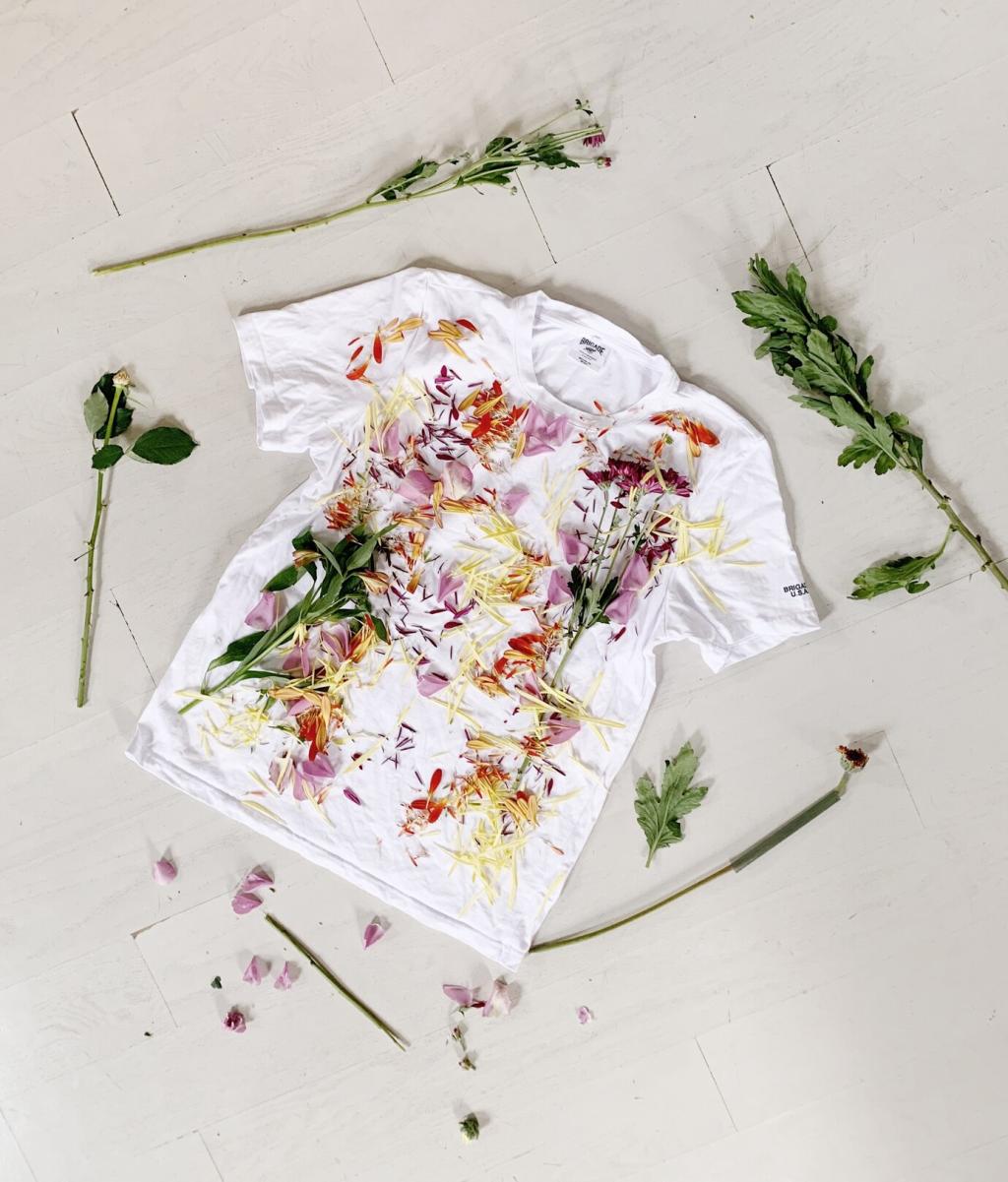A New Era in Fabric: What Vegan-Friendly Really Means
Vegan textiles exclude materials like wool, silk, leather, and down, but also hidden components such as casein-based finishes, lanolin conditioners, and animal glues. True vegan design considers the entire garment, from fabric to labels and adhesives. Tell us which items in your wardrobe might benefit from a cruelty-free swap.
A New Era in Fabric: What Vegan-Friendly Really Means
Once niche, vegan-friendly fabrics now appear in luxury runways, performance sportswear, and everyday basics. As supply chains adapt, price points improve and durability surges. Have you noticed plant-based leather sneakers or mushroom-derived accessories in your local stores? Comment with your latest sighting and inspire fellow readers.






